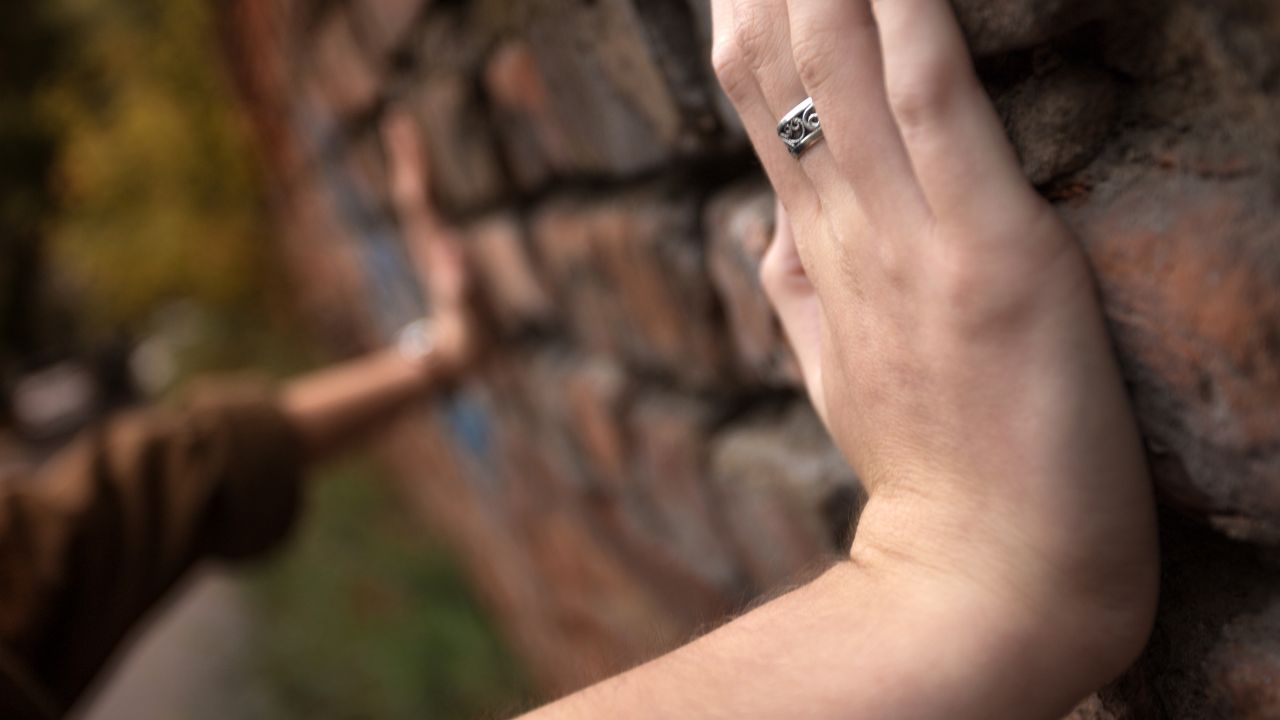Last Updated on October 16, 2023 by Pro Handyman Australia – Editorial Team
When comparing a hammer drill vs impact driver, the differences are evident, especially when drilling into tough materials. However, if you’re faced with the challenge of drilling into a brick wall without the luxury of a hammer drill, fret not. With a regular power drill and a strategic approach, you can efficiently penetrate brick surfaces. This article provides a concise guide on achieving this task.
Drilling into a wall to secure brackets is typically an uncomplicated process when armed with a hammer drill, especially when the target is a solid brick wall. However, on a recent occasion, my trusty hammer drill gave up on me. This posed a unique challenge: how to drill into a hard brick wall with a regular power drill that lacked hammer action?

Essential Steps to Efficient Drilling
Drilling into brick without the aid of a hammer drill might sound daunting, but with the right approach, it’s entirely feasible. Here’s a detailed guide on how to drill into bricks and achieve optimal results without specialized equipment:
Selection of the Right Equipment
Your foremost consideration when exploring different types of drill bits should be the choice of a drill bit specifically suited for your task. For brickwork, the Tungsten carbide drill bit is your best bet. Standard HSS drill bits aren’t ideal for brick as they dull quickly. In contrast, Tungsten carbide masonry drill bits are tailored with hardened tips suitable for brickwork. Do note, however, even these can wear out when used without hammer action, so keep some spares ready.
Accurate Marking
Prior to drilling, ensure you’ve marked the exact drilling points on the brick. Use a sharp pencil or pen, and double-check your marking with a tape measure from a fixed reference point.
The Drilling Technique
Start by creating a pilot hole. This preliminary indentation guides the subsequent drilling process. Slowly expand the hole’s diameter step-by-step, ensuring precision and avoiding stress on both the drill and wall. Remember to intermittently use water to cool the drill bit and clear debris regularly for optimal efficiency.
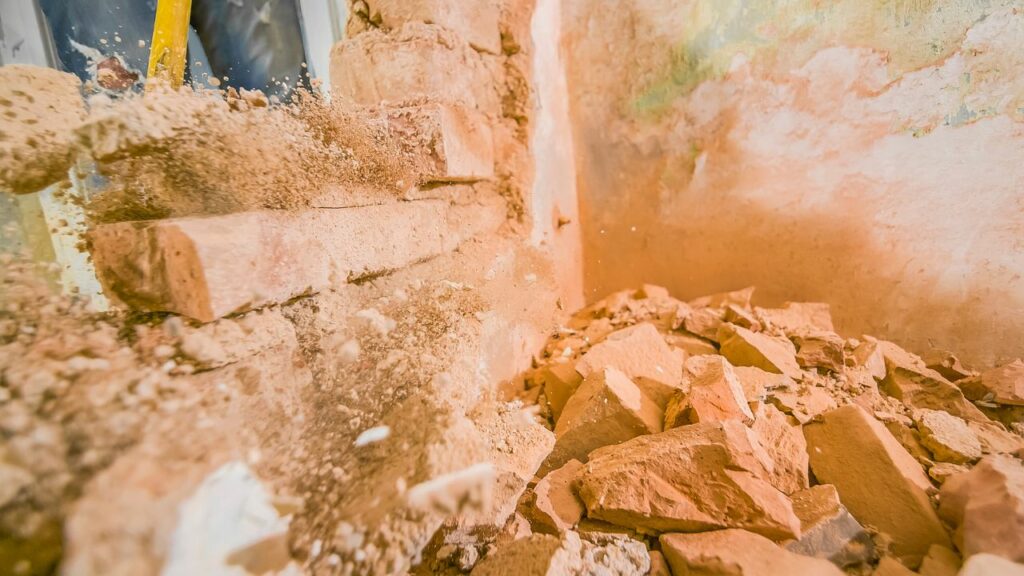
Starting Off Right: The Significance of a Pilot Drill
Initiating your drilling into brickwork without a hammer drill can be made significantly easier with the assistance of a pilot drill. Given its smaller cutting face, a pilot drill requires less force to penetrate brick, ensuring a more precise and controlled start. It’s a common practice among professionals to begin the drilling process using the pilot drill, especially without the hammer action, as it prevents the drill from being erratic and ensures the hole commences accurately in the center.
Determining Optimal Speed for Masonry Drilling
The ideal speed for drilling into masonry fluctuates based on the hole’s size and the specific masonry type. Generally, the recommended speed lies between 300 and 750 rpm. This slower speed helps in minimizing heat generation. Conveniently, many power drills operate within this speed range, and adjusting the trigger to a mid-point position should approximate this ideal rpm.
Maintaining Your Tools: Sharpening Tungsten Carbide Drill Bits
Continuous drilling into brick without a hammer drill can expedite the dulling of drill bits. Understanding the types of bits for drills can help in selecting the right bit for the job to reduce wear. Fortunately, instead of purchasing new ones, there’s an economical solution: re-sharpening.
- Using a Bench Grinder: Begin by holding the drill bit firmly and positioning it at a 60-degree angle to the grinder’s face. Apply gentle pressure and make sure to keep the bit cool by frequently dipping it in water. Once one side is sharp, flip and grind the other, ensuring both sides have equal lengths with a steel rule as a reference.
- Utilizing Drill Sharpening Tools: If you’re apprehensive about using a bench grinder, there are specific drill sharpening tools designed to make the process more user-friendly, especially for novices. Mount these tools on a stable surface and connect to a power supply. Insert the dull drill into the guide, secure it, and activate the sharpener. It’s essential to follow the manufacturer’s instructions for optimal results.
- Safety is paramount: Always ensure that you’re wearing appropriate protective equipment—such as gloves, goggles, and hearing protection—when sharpening your tools.
Tackling Bigger Tasks: Techniques for Drilling Larger Holes
When it comes to drilling more substantial holes into brickwork, starting small is the key. Begin with a petite pilot drill and expand the hole’s diameter progressively. While this technique renders the process more manageable, the flip side is the necessity of multiple drill bits of varying diameters to reach the desired hole size.
For those ambitious projects that demand even larger holes, a diamond core drill emerges as the tool of choice. It not only eases the process but also guarantees clean, straight cuts. Diamond core drill bits come in a wide range of diameters, predominantly designed for creating substantial holes in brick or concrete, especially when accommodating pipework. High-quality diamond core drill bits can easily be procured from renowned online marketplaces.
Tackling Harder Surfaces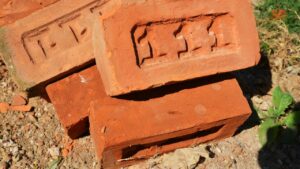
In scenarios where the brick material is particularly robust, like with engineering bricks or high-strength concrete, a standard drill might prove insufficient. In such cases, it’s advisable to invest in professional-grade drill bits for optimal results.
A particular set of masonry drill bits I utilized proved to be efficient and offered excellent value. For those seeking reliable drill bits, many dependable options can be sourced from popular online marketplaces.
A Special Mention for Extremely Hard Brick
For those extremely stubborn bricks, don’t hesitate to use a star drill in conjunction with a lump hammer. With patience and the right technique, even the toughest bricks can be penetrated.
Hands-on User Experience with Non-Hammer Drills
One doesn’t always need a hammer drill to make an impression on brick, as many DIY enthusiasts have come to find out. Let’s dive into the experiences of a few users who have chosen alternative methods.

Jake’s Story with the Bosch 18V Cordless Compact Impact Driver Screwdriver: Jake, an interior designer, often needs to hang artworks and fixtures on brick walls. He bought the Bosch 18V Cordless Compact Impact Driver Screwdriver after reading positive reviews. “I was hesitant initially,” he says, “but after using it on both new and aged brick walls, I was amazed. It was efficient, and I didn’t need to exert the extra force a hammer drill often demands.”
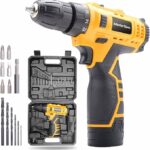
Lydia’s Trials with the MasterSpec 12V Cordless Drill Driver Screwdriver: Lydia, a homeowner, went for the MasterSpec 12V Cordless Drill Driver Screwdriver for her DIY projects. “I’ve drilled into soft and hard bricks, and this drill has rarely let me down. Its ergonomic design also ensures I don’t strain my wrist. A great investment for anyone not wanting to go the hammer drill route.”
From the tales of Jake and Lydia, it’s evident that with the right tool, one can accomplish what traditionally required a hammer drill. Still, as always, ensure you choose a tool suited to your brick type and project.
Comparisons: Non-Hammer Drills for Brickwork
For those still weighing their options, this comparison table showcases how top non-hammer drills measure up against one another:
| Model | Power (W) | Longevity (Hrs) | Price ($) | Best For |
|---|---|---|---|---|
| Bosch 18V Cordless Compact Impact Driver Screwdriver | 650 | 200 | 150 | Precise, light-duty brickwork |
| MasterSpec 12V Cordless Drill Driver Screwdriver | 800 | 250 | 200 | Heavy-duty tasks & diverse bricks |
| Makita 18V Compact Brushless 3-Stage Impact Driver | 780 | 230 | 185 | General brickwork & DIY projects |
| DEWALT 20V MAX XR Drywall Screw Gun | 720 | 210 | 175 | Home-based tasks & renovations |
Choosing the right drill involves considering its power, expected longevity, price, and intended use. The Bosch 18V Cordless Compact Impact Driver Screwdriver, for instance, is excellent for more delicate, precise brickwork, while the MasterSpec 12V Cordless Drill Driver Screwdriver is more apt for challenging brick types.
Video on How to Drill Into Brick
With the video below, discover the step-by-step guide to drilling into brick seamlessly. From choosing the right drill bit to safety precautions, this video offers a comprehensive look at achieving perfect results. Whether you’re a DIY enthusiast or a first-timer, get ready to master the art of drilling into brick with ease!
Optimizing the Drilling Process
Managing Temperature: The Role of Water in Drilling
Drilling into brick, especially with tungsten carbide drills, can generate significant heat. Overheating can quickly dull the drill bit. Integrating water into the drilling process serves as an effective temperature moderator, ensuring the longevity of your drill bits. There are two primary methods to consider:
Direct Water Supply
Directing a continuous stream of cold water onto the drilling surface is the ideal approach. However, practicalities often render this method challenging, especially when the worksite is remote or lacks easy access to a water source.
Intermittent Cooling
A more feasible yet slightly less effective alternative involves intermittently submerging the drill bit into a container of cold water. This method cools down the drill bit, allowing for longer periods of uninterrupted work.
Maintaining a Clean Drilling Environment
Drilling invariably generates debris and dust. To enhance the drilling experience and prolong the life of your drill bits, it’s crucial to clear away brick particles and dust consistently, especially when forgoing the hammer drill. Employing a vacuum cleaner equipped with a narrow hose attachment can simplify this task. Adapting spare nozzles with flexible pipes using duct tape can facilitate more efficient dust removal from deeper holes. For smaller holes, placing the vacuum cleaner hose directly over the hole can prove effective.
Lastly, personal safety should never be compromised. When engaging in drilling tasks, always adorn yourself with safety goggles and a dust mask. This not only ensures clear vision but also protects your respiratory system from potentially harmful brick dust.
Alternative Drilling Methods
Embracing Traditional Methods: The ‘Star Head’ Drill Technique
For areas too challenging for a tungsten carbide drill, a star head drill or cold chisel serves as a viable alternative. The star drill operates more like a chisel than a modern drill; it requires manual intervention with a lump hammer. To use it, position the drill into the hole and strike it several times with the lump hammer. Rotate the drill approximately 45 degrees, and strike again. While time-consuming, this method has been historically significant, reminding us of how pioneers managed such tasks before the advent of modern power tools.
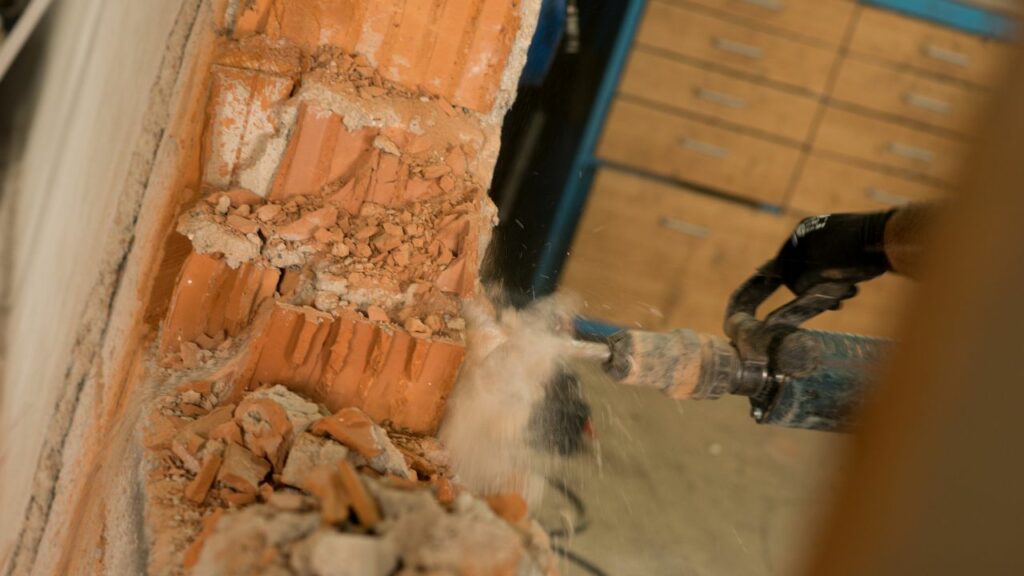
Focusing on Mortar: An Easier Alternative
Drilling directly into bricks can be daunting, particularly without a hammer drill. However, an alternative solution is to target the mortar between the bricks. Given that mortar is softer—primarily to accommodate structural settling and prevent brick fractures—it offers an easier drilling experience. When planning where to drill, it’s advantageous to align with the mortar joints, reducing the need to penetrate the bricks directly.
Selecting and Using Wall Plugs for Brickwork
When you’ve successfully drilled holes into brick, the next step is to find the best method to anchor screws into them. In domestic settings with lighter load requirements, plastic wall plugs often serve as the optimal choice to ensure screws remain firmly in place.
- Identify the Correct Wall Plug Size:
The weight of the object you wish to mount will dictate the size of the wall plug needed. These plugs come in a variety of diameters and lengths to cater to diverse requirements.
- Drilling with Precision:

The size of the hole to be drilled should match the size of the wall plug. Typically, the required hole size is indicated on the plug’s packaging or imprinted on the plug itself.
- Ensuring a Clean Mounting Point:
After drilling, it’s essential to clear out any remaining dust or debris. Any obstructions could hinder the wall plug from fitting properly.
- Installing the Wall Plug:
With the hole prepared, gently tap the wall plug using a hammer. It should sit perfectly flush with the brick’s surface, ensuring a seamless fit.
- Secure Your Fixture:
Whether it’s a shelf, bracket, or cupboard, it’s time to affix it. Employ the appropriate screw, and, using a combi-drill or screwdriver, ensure the fixture is tightly fastened, but take care not to overtighten.
Conclusion
Anchoring items onto brick surfaces requires meticulous attention to detail, from drilling the perfect hole to choosing the right plug and screw combination. With the right knowledge and tools, you can confidently secure fixtures to brick, ensuring they remain robustly in place for the long term.
